A claw foot bathtub delivers iconic, freestanding luxury with vintage character—yet in 2025 many remodelers still ask if this statement piece is practical, affordable, and right for their space. Short answer: it can be, if the room, structure, and +use fit. This guide explains the trade-offs in plain language, then walks you through what really matters: sizes and styles, materials and durability, costs and installation, design and layout, care and maintenance, and a clear comparison with modern freestanding tubs. You’ll also see real-world examples, current market trends, and quick tools to help you plan. From heat retention and ergonomics to floor reinforcement, plumbing, and refinishing, you’ll get the facts you need to decide if a clawfoot bathtub fits your remodel, lifestyle, and budget.
Claw foot bathtub: quick buyer’s guide (2025)
Before diving into the specifics, let’s explore what defines a claw foot bathtub, who it suits best, and why it continues to capture the imagination of homeowners in 2025.
What it is and who it’s best for
A clawfoot tub is a freestanding tub supported by four decorative feet. The look dates back to the 19th century, yet it still works today as a showpiece with classic lines and deep soaking comfort. People like clawfoot tubs because they bring instant character, especially in vintage, farmhouse, or luxury bathroom designs. They also love the deep soak and ergonomic shapes like slipper or double-ended styles.
Who is it best for? Homeowners who value design, long soaks, and a bold focal point. It shines in medium-to-large bathrooms with clear floor space and good natural light. It is less ideal for tight rooms, high-traffic family baths that need fast showers, or homes with mobility concerns unless you add accessibility features.
Pros and cons at a glance
-
Pros: a timeless look, deep soak comfort, strong heat retention in cast iron and copper, long lifespan with care, and a potential boost to buyer appeal in the right market.
-
Cons: heavy weight, higher installation cost and complexity, more cleaning around and under the feet, and less accessible for users with limited mobility.
Decision checklist for your bathroom remodel
-
Room size and clearances on at least two sides
-
Floor structure and any needed reinforcement
-
Faucet and drain location; plumbing path and venting
-
Soaking vs daily showering habits
-
Cleaning tolerance (around feet and under rim)
-
Users’ mobility needs and safety plans
-
Total budget, including accessories and labor
Styles, sizes, and ergonomics
Once you understand the basics, it’s important to examine the shapes, dimensions, and ergonomic features that affect comfort, soak quality, and how the tub fits your space.
Popular silhouettes: roll-top, slipper, double-ended, flat rim
Most clawfoot silhouettes trace back to four forms. A roll-top has a rounded rim that feels soft under your neck and arms. A slipper raises the back on one end for lounge support; a double-slipper lifts both ends for two-sided comfort and the look of a true clawfoot soaking tub. A double-ended places the drain in the center and keeps both ends similar, which many couples like. A flat rim reads cleaner and can suit transitional or even modern spaces when paired with the right finishes.
Your comfort depends on the back angle, rim height, and how your shoulders and knees sit in the basin. If you’re tall, a double-ended or longer roll-top often feels better. If you want a lounge-friendly lean-back, a slipper is hard to beat.

Dimensions and soaking depth
Most buyers focus on length, but depth and back angle drive comfort more than you think. Typical clawfoot tubs run 54–72 inches long and 30–40 inches wide, with depths of 24–30+ inches. Deeper tubs hold more water and keep shoulders warm longer, but they weigh more when full and need more hot water.
Size comparison (typical ranges):
| Feature | Compact clawfoot | Standard clawfoot | Large/double-ended |
|---|---|---|---|
| Length (inches) | 48–54 | 60–67 | 68–72 |
| Width (inches) | 28–30 | 30–34 | 34–40 |
| Soaking depth (inches) | 22–24 | 24–28 | 28–32 |
| Typical water capacity (gallons) | 35–45 | 50–65 | 65–80+ |
Note: capacity varies by shape and overflow. Always check manufacturer specs.
Ergonomics tip: Sit test if possible. The back angle, the location of the overflow, and center vs end drain all change how your hips and shoulders rest. A centered drain on a double-ended tub spreads space for two and can reduce knee bumps.
Small-space strategies and showering in a clawfoot tub
Can a clawfoot work in a small bathroom? Sometimes. Compact 48–54 inch slipper models use fewer square feet while keeping a comfy lean-back. An oval footprint usually sits softer in tight rooms than strong curves with wide rims. Place the tub where sightlines are clean—near a window or centered wall—not crammed in a corner.
If you plan to shower in a clawfoot tub, add a curtain ring, a vertical riser, and a handheld. Use a full wrap-around curtain and weights or magnets at the hem to reduce drafts and splashes. Good ventilation is key because steam collects around the curtain ring. Non-slip mats and grab bars can improve safety without hurting style.
Materials & durability: cast iron, acrylic, copper
The material of your clawfoot tub shapes not only its look but also its weight, heat retention, and lifespan—key factors to consider before committing to a purchase.
Heat retention, weight, and feel
Material changes the tub’s feel under your skin, how fast the water cools, and how heavy the tub is on your floor.
Materials comparison:
| Material | Heat retention | Weight | Surface feel | Typical cost tier |
| Cast iron (porcelain enamel) | Excellent | Very heavy | Smooth, classic | Mid to high |
| Acrylic | Good | Light to medium | Warm to touch | Low to mid |
| Copper | Excellent | Medium to heavy | Warm, tactile | High |
-
Cast iron keeps a soak hot, feels stable, and lasts decades. Because it is heavy, it may need floor checks and reinforcement.
-
Acrylic is lighter and warms fast to body temp. It is easier to install and kinder to older floors. Quality varies, so look for solid construction and good support under the base.
-
Copper also holds heat well and offers a striking look that patinas over time. Many owners love the “living finish,” while others prefer sealed copper to slow color change.
Finish and care by material
-
Porcelain enamel on cast iron prefers gentle cleaners. Use mild soap and a soft cloth or sponge. Avoid abrasives and harsh acids that can scratch the enamel coating. Rinse and dry after each bath to reduce water spots and soap film.
-
Acrylic needs mild, non-solvent cleaners and non-scratch tools. Avoid strong solvents like acetone, which can dull or melt the surface. Rinse well and buff dry with a soft towel.
-
Copper develops patina. If you like patina, clean with mild soap and water and dry after use. If you want a bright look, use a wax designed for copper and avoid harsh chemicals that strip the finish.

Sustainability and lifespan
A cast iron clawfoot bathtub can last generations. Many antique tubs are still in use, which says a lot about durability. Acrylic lifespans vary; high-quality acrylic can last many years with light cleaners and good support. Copper is also long-lived and repairable; scratches can blend into patina or be polished out if the tub is not sealed.
Repair and refinish options exist for most materials. Porcelain can be re-enamelled or reglazed. Acrylic can be patched and polished. Copper can be re-waxed or re-sealed. Drain and faucet parts are standard sizes in many cases, making long-term maintenance simpler.
Suggested visuals
A weight vs floor load chart helps you see how a 350–450 lb empty cast iron tub becomes 700–1,000+ lbs with water and a bather. This is why a structural check matters on older floors.
Costs, installation, and plumbing
With materials in mind, the next step is understanding the financial and practical aspects of installing a claw foot bathtub, from base reinforcement to plumbing considerations.
Price ranges in 2025 (what drives cost)
Expect a wide range, driven by material, size, finish, and brand. Finishes on the feet, custom colors, and unusual shapes push costs up.
2025 price snapshots:
| Tub type | Typical price range |
| Acrylic clawfoot | About $2,000–$3,000+ |
| Cast iron/antique reproductions | Often $6,000+ |
| Luxury/custom metals (e.g., copper) | $10,000+ |
Costs are also shaped by delivery, access (stairs or tight hallways), and any needed floor work. Don’t forget the faucet, supply lines, drain, and shower ring if you plan to shower in the tub.
Installation basics: floor reinforcement, supply lines, and drains
A clawfoot tub installation is simple in theory—place the tub, connect water, connect the drain—but the details matter.
-
Structure: Check the subfloor and joists. A filled, cast iron bathtub with a bather can weigh several hundred pounds. A pro can assess load paths and add reinforcement if needed. This is especially key in older homes.
-
Water supply: You can mount the faucet on the rim (deck-mount), on the wall, or on the floor with exposed risers. Floor-mount looks great but needs precise alignment and secure blocking below.
-
Drain: So how does a clawfoot tub drain? Most clawfoots use an exposed drain kit with an overflow tube. The waste outlet ties into a trap, which then connects to a branch drain in the floor or wall per plumbing code. The trap must be vented properly to avoid siphoning and slow drainage. A centered drain on double-ended tubs needs careful alignment during rough-in.
-
Shower planning: If adding a riser and ring, plan for splash zones and ventilation. A ceiling support for the ring keeps it stable, and a handheld sprayer helps with rinsing and cleaning.
Code and safety notes: Use a licensed plumber who follows local plumbing and building codes for drains, vents, and fixtures. Proper venting and trap placement are not optional; they protect health and keep drainage smooth. If a shower is added, confirm GFCI protection for nearby outlets, proper lighting ratings, and exhaust ventilation that meets code.
Add-ons and accessories (budgeting tips)
Plan for the faucet, handheld sprayer, shower riser and ring, curtain and liner, drain kit with overflow, and supply lines. Match finishes on the faucet, drain, and feet for a coherent look. Non-slip mats, a small teak bath mat, and a bath caddy improve safety and comfort. If you love warm toes, consider radiant floor heat near the tub.

Design & layout: making it a centerpiece
Beyond function, a claw foot tub is a design statement. Let’s explore strategies to place it for maximum impact while balancing accessibility and aesthetics.
Layout rules: clearances, sightlines, and natural light
Treat the tub like a piece of furniture. Leave space to clean around at least two sides, and place it where you catch daylight or a nice view. If you have a window, center the tub on it to create a strong focal point. Try not to jam the tub in a corner unless the room is very tight; it makes cleaning harder and weakens the design moment.
Think about what you see when you enter the room. A graceful clawfoot framed by trim, tile, or wainscoting adds a calm, spa-like feel. A simple sconce above the faucet and a mirror that reflects the tub can double the impact.
Style pairing: vintage bathroom to modern luxury
A clawfoot bathtub blends well with beadboard, subway tile, stone mosaic, or herringbone floors. In a vintage bathroom, warm metals with cross-handle taps feel right. In a transitional space, a flat rim with a slim wall-mount faucet and neutral tile keeps the room fresh. Want a modern take? Pair a black exterior tub paint with clean sconces, minimal hardware, and large-format tile. Copper tubs glow next to natural wood, brushed metal, and linen textures.
Mixing metals is okay when done with intent. For example, keep the faucet and drain one finish, then use a softer, darker finish on the feet for depth. Repeat each finish at least twice in the room for balance.
Waterproofing and maintenance-friendly details
A freestanding tub needs smart waterproofing. Even if you don’t shower in it, splashes happen. Use a water-tough floor finish, add a bath mat with grip, and plan a path for drips back to the floor drain if your bathroom has one. If you do shower in the tub, sealing around any ceiling supports and using a full liner will reduce sprays. Good ventilation controls humidity, which protects metal feet and the tub’s exterior paint.
Care, cleaning, and long-term maintenance
To keep your claw foot bathtub looking elegant and lasting for decades, routine cleaning and preventive care are essential—especially for delicate finishes and historical-style features.
Routine cleaning by finish (pro tips)
For porcelain enamel and acrylic, the rule is the same: use mild soap and water, a soft cloth or sponge, and rinse and dry after use. In most cases, you can remove mineral spots with a gentle, non-abrasive cleaner. Test in a small area first. For copper, clean with mild soap, rinse, and dry. If you want a bright finish, re-wax a few times per year with a product made for copper. Drying the tub after a soak slows water spots and keeps the surface smooth.
Preventing rust, oxidation, and scratches
Protect metal feet from oxidation by drying them after splashes and keeping harsh chemicals away. Felt pads under the feet can protect tile if the tub is ever moved slightly for cleaning. Avoid steel wool or gritty powders on porcelain and acrylic. If you drop something heavy and chip the enamel, address it early with a repair kit or a pro to prevent rust at the chip.
Clawfoot tub restoration and refinishing: when and how
Many owners fall in love with an antique tub and may ask how to restore a porcelain claw foot tub. The process is practical when the body is solid.
Basic steps (high level):
-
Evaluate the tub: check for deep rust, cracks, and weak metal.
-
Remove old coatings on the exterior; clean and degloss the interior carefully.
-
Repair chips and scratches with a compatible filler.
-
Mask hardware and protect surrounding surfaces.
-
Apply a professional-grade coating to the interior (often a two-part system); allow full cure time.
-
Prime and paint the exterior in a durable paint; let it cure; reattach or polish the feet; replace gaskets and the drain if worn.
Clawfoot vs modern freestanding tub: which fits your life?
Now that we’ve covered traditional tubs in detail, it’s time to compare clawfoot models with modern freestanding options to help you decide what suits your lifestyle best.

Side-by-side comparison for 2025
Comparison snapshot:
| Feature | Clawfoot tub | Modern freestanding tub |
| Popularity | Strong niche for vintage/luxury | Mainstream in new builds |
| Materials | Cast iron, acrylic, copper | Acrylic, stone resin, composite, solid surface |
| Heat retention | Excellent in cast iron/copper | Good to excellent (varies by material) |
| Ergonomics | Deep soak; higher rim to step over | Many low-threshold, ergonomic shapes |
| Accessibility | Lower without add-ons | Often better; some with lower rims |
| Installation | Heavier; may need reinforcement | Typically lighter; easier placement |
| Maintenance | Extra cleaning around feet | Simpler exterior to wipe down |
| Typical cost | About $2,000–$10,000+ | About $1,000–$10,000+ (wide range) |
Both can be beautiful and durable. Your daily routine should decide. If you love long soaks and a classic look, the clawfoot feels right. If you want fast showers, a lower threshold, and simple cleaning, a modern freestanding may win.
Accessibility and ergonomics
A clawfoot bathtub has a higher step-in. For homes with elders or anyone with reduced mobility, plan aids: a stable grab bar at the entry, a non-slip mat, and a handheld sprayer. A tub seat can also help, especially for rinsing. If showering in the tub is daily, consider a low-profile bath board and a curtain liner weighted at the hem. Layout matters too—leave space for a safe turn and approach path.
Value and resale impact
Do clawfoot tubs add value? They can, in the right context. In a restored period home or a luxury suite, a cast iron or copper clawfoot soaking tub can raise perceived quality. In a small family bath where a fast shower rules the day, a big clawfoot might limit utility. Study local comps, choose a size that fits the room, and keep fixtures consistent with the home’s style.
Real-world case studies, user stories, and 2025 trends
Finally, see how homeowners and designers are putting theory into practice, from small-bath solutions to luxury market influences, and explore the trends shaping 2025 bathroom remodels.
Restoration wins (antique to centerpiece)
Many homeowners find an older cast iron tub, strip old paint, repair chips, and reglaze the interior. When placed under a window with fresh tile, the tub becomes the star. In sales photos, the clawfoot pulls the eye and makes the room feel special. In person, guests talk about the tub first. Owners say the investment was worth it because it matched the home’s age and character.
Tiny home and small-bath designs
Some small spaces make room for a 48–54 inch clawfoot with a slipper back for soaking comfort. The secret is a clean layout, a narrow vanity, and strong storage elsewhere. A round or oval curtain ring, a handheld sprayer, and a small corner shelf keep the shower setup tidy. When square footage is tight, every inch of clearance counts.
Luxury market influence
In boutique hotels and luxe remodels, copper and nickel-plated clawfoot tubs show up as “the photo moment.” Guests remember the warm metal glow and the long soak. Owners often add heated floors, a set of wall hooks for robes, and warm dimmable lighting to lean into the spa feel. That experience has a ripple effect in high-end residential projects.
Market snapshot and stats
Clawfoot tubs hold a strong niche in 2025. Modern freestanding designs lead growth because they offer more shapes, materials, and easier installs. Yet the desire for statement pieces keeps the clawfoot in the conversation, especially in period renovations and luxury primary suites. The global bathtub market is projected to grow steadily through 2035, driven by wellness and remodeling trends. In short, demand remains healthy, with traditional and modern tastes living side by side.
FAQs
1. What are the downsides of a clawfoot tub?
A claw foot bathtub is beautiful but comes with practical drawbacks. Its delicate finish can chip if not handled carefully, and its heavy weight often requires floor reinforcement. Cleaning around and under the feet can be tricky, and water splashes may collect if not maintained properly. The high rim can make it harder to step in or out, especially for those with limited mobility. Still, many accept these trade-offs for the elegance and charm this historical style brings.
2. Why do people like claw foot tubs?
People love the claw foot bathtub for its elegance, comfort, and historical allure. It offers a deep, relaxing space to bathe, evoking spa-like serenity with an original design that never goes out of style. Homeowners appreciate how the tub stands as a centerpiece—its curves, feet, and finish adding instant luxury. Beyond appearance, it’s durable and timeless, fitting perfectly in both period restorations and modern vintage-inspired spaces.
3. What is a clawfoot tub?
A claw foot bathtub is a freestanding tub raised on decorative metal feet. The original 19th-century design remains iconic for its sculptural beauty and elegance. Usually made of cast iron or acrylic, it can feature various attachments like vintage-style faucets or handheld sprayers for comfort. Modern versions keep the same historical silhouette but lighter materials for easier installation. Ideal for long soaks, this tub blends functionality with artful form.
4. Do clawfoot tubs increase home value?
Yes, a claw foot bathtub can increase home appeal and perceived value, especially in luxury or period-style homes. Buyers often see it as a mark of elegance and craftsmanship. In the right setting, it becomes a selling point—particularly if the room design complements its historical look. However, in small bathrooms or family spaces, practicality might outweigh the aesthetic, so value depends on layout and buyer priorities.
5. How to restore a porcelain clawfoot tub?
To restore a porcelain claw foot bathtub, start with removal of old coatings, clean the surface, repair chips, and sand lightly. For best results, follow a pro guide on how to refinish a clawfoot bathtub —using durable epoxy or enamel coatings. Carefully mask edges and polish fixtures before re-attachment. Always handle the tub gently to protect its delicate porcelain. Regular care afterward helps maintain its shine and smooth surface for years.
6. What is the cost to refinish a clawfoot tub?
Refinishing a claw foot bathtub typically costs between $800 and $1,800, depending on labor, damage, and materials. The process involves deep cleaning, chip repair, surface preparation, and coating application. DIY kits cost less but require careful handle of chemicals and ventilation. If you plan on painting a clawfoot bathtub, consider hiring a professional for durability and safety—especially with older porcelain or enamel surfaces. Proper upkeep afterward extends the finish’s life.
7. Can you spray paint a claw foot tub?
Yes, you can—especially for the exterior of a claw foot bathtub. The key is surface prep, removal of rust or old paint, and using primer and paint rated for metal. Painting a clawfoot bathtub interior requires professional-grade coatings, not standard spray paint. When repainting, mask the delicate porcelain, and avoid damaging original hardware or attachments. Once done, maintain the surface with mild cleaners to preserve its elegance and timeless appeal.
References

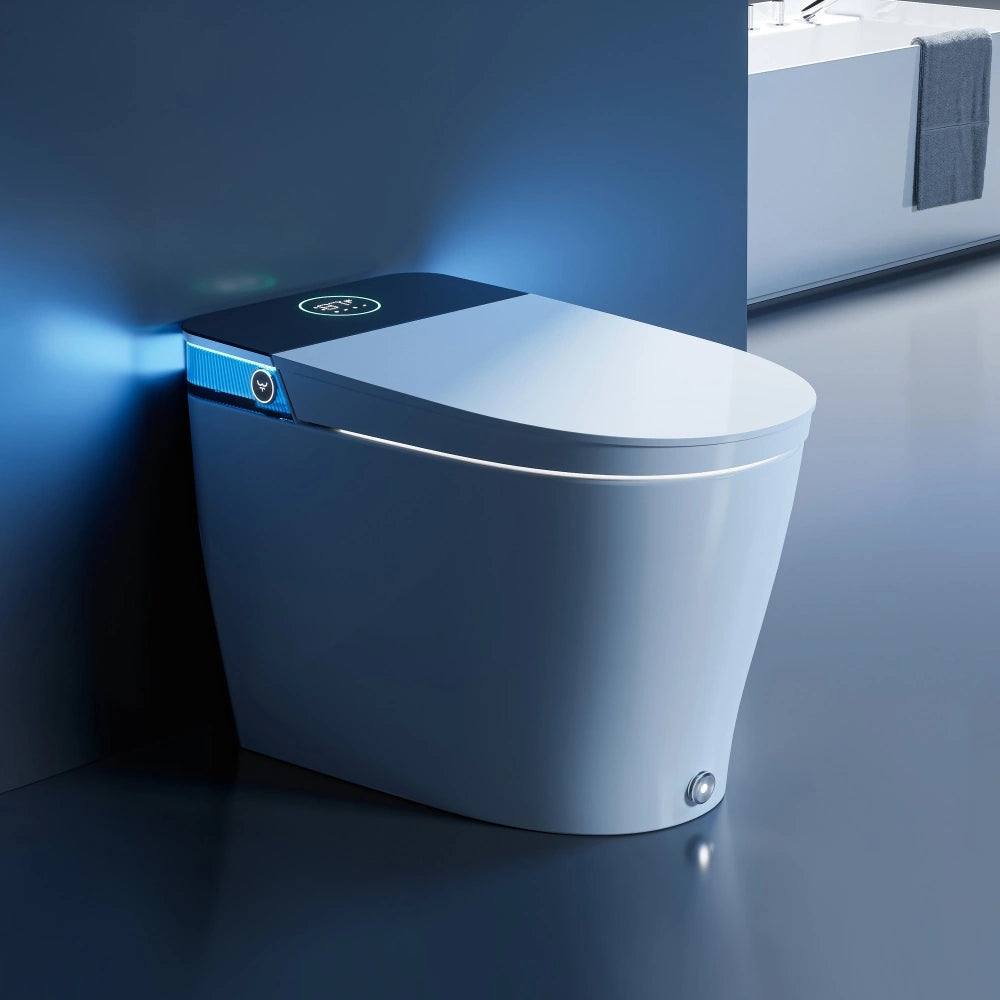
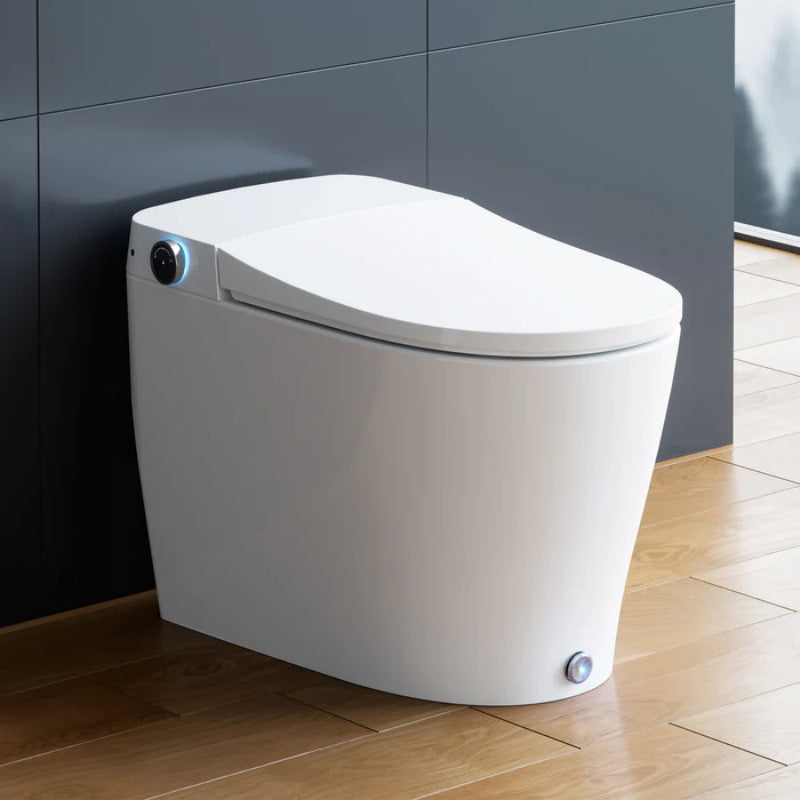
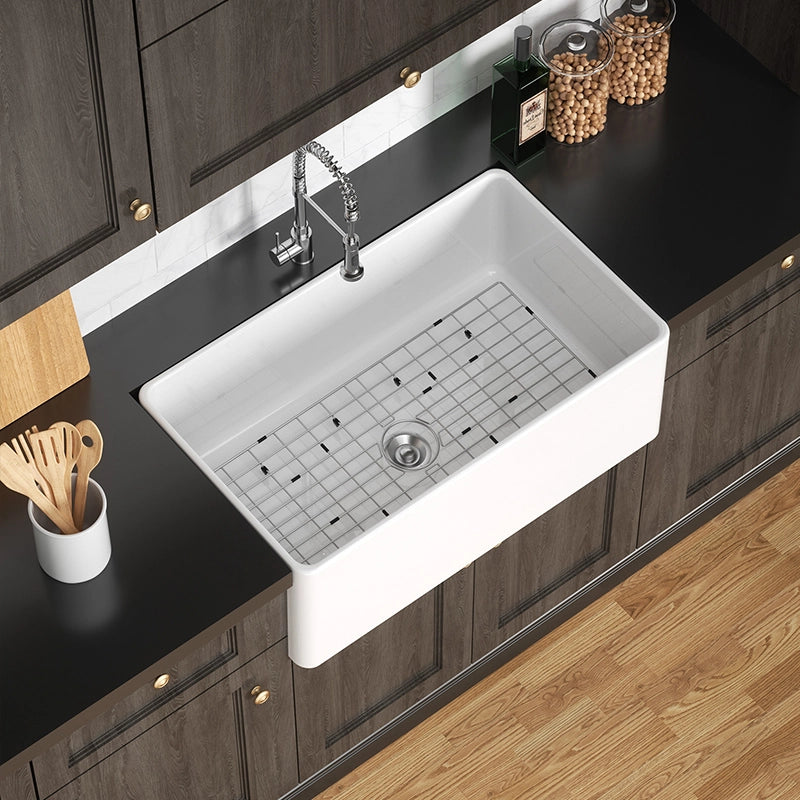
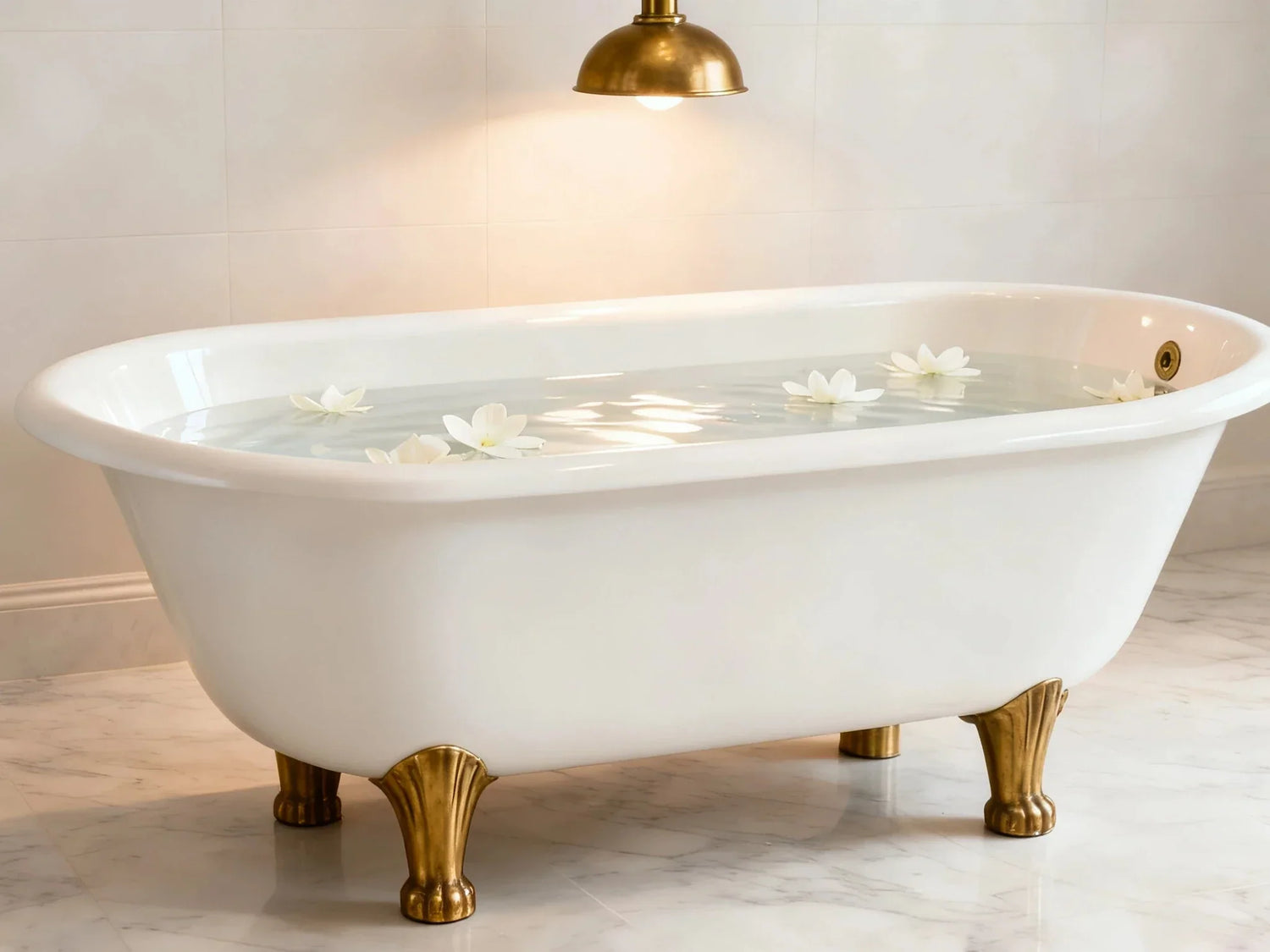
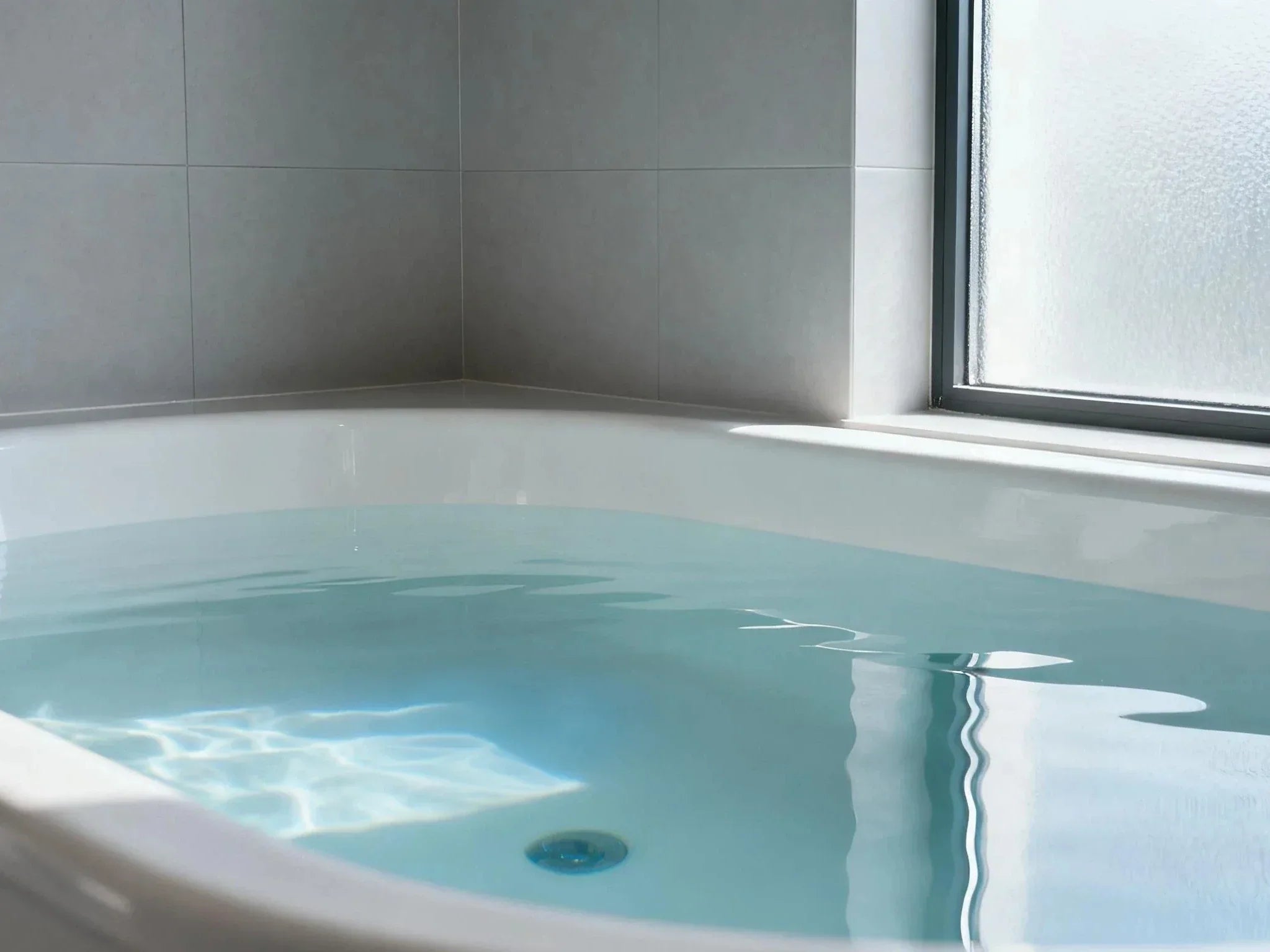


Leave a comment
This site is protected by hCaptcha and the hCaptcha Privacy Policy and Terms of Service apply.